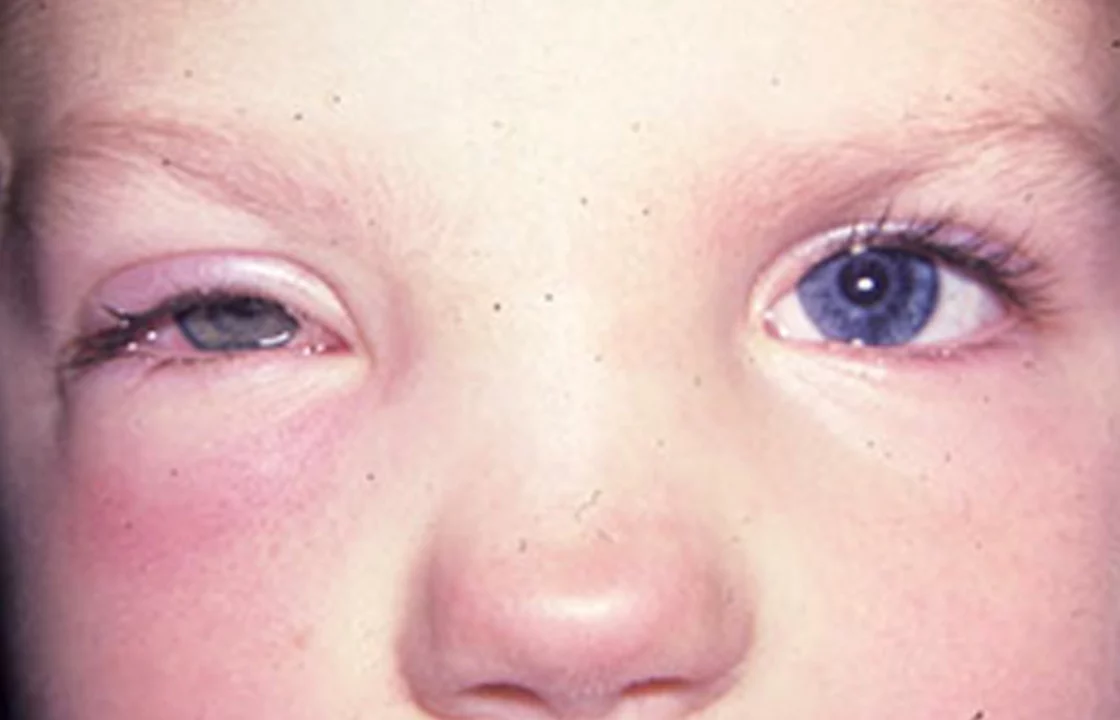Besifloxacin: Straightforward Guide to Antibiotic Eye Drops
Struggling with red, irritated eyes? Besifloxacin might pop up as a solution. It's not just another useless product—this antibiotic is prescribed for bacterial eye infections, especially bacterial conjunctivitis (that gooey, stuck-shut feeling in the morning). You won’t find this as a pill or ointment—it’s always an eye drop, designed for direct, fast action where you need it most.
So, what makes besifloxacin special? Unlike older antibiotics, bacteria haven’t widely figured out how to fight it yet. That means it usually works when more common drops start failing. If you've tried other treatments and your infection lingers or comes back, your eye doctor might reach for besifloxacin. It’s not the first-line drop doctors grab, but it’s reliable when the usual suspects let you down.
Using besifloxacin is easy, but a few important tips make all the difference. Always wash your hands before touching your eyes. Tip your head back, pull down your lower lid, and aim a drop into the pocket. Don’t let the bottle tip touch your eye or fingers—bacteria love creating new problems there. After the drop hits, close your eye gently and press the inner corner for half a minute. This helps the medicine stick around longer instead of running down your cheek.
Now for the question everyone has: Is it safe? For most adults and kids over one year old, side effects are rare and pretty mild—maybe a little eye irritation, a funny taste in your mouth, or a burning feeling for a few seconds. If your whole eye swells, vision gets worse, or you get a rash, that’s your cue to call your doctor. Some people worry about using antibiotics, but resistance risk with besifloxacin is low when you use it for short courses and only as needed.
Don’t wear contact lenses while infected or using besifloxacin unless your eye doctor specifically says it’s okay. Bacteria can latch onto contacts, making infections drag on. Once the infection clears and you finish your drops, ask if it’s safe to pop the lenses back in—or better, start with a fresh pair to avoid re-infection.
If you skip a dose by mistake, don’t panic. Put it in as soon as you remember, but skip it if you’re close to your next scheduled time. No doubling up, that just raises the chance of irritation without any added benefit. For most infections, you’ll use besifloxacin for about a week, even if things look better early on—finishing the bottle keeps stubborn bacteria from bouncing back.
Ready to ask your doctor about besifloxacin? Jot down your symptoms, how long you’ve been dealing with them, and any other antibiotics you’ve tried. Being open about your health and allergies helps your doctor tailor the best plan for you. Sometimes, a culture might be needed for tough cases, but most folks clear up quickly with this targeted antibiotic drop.
Every day, people worry about their eye health for good reason. Lost time at work or school, discomfort, and the risk of spreading infection make quick, effective treatment a top priority. If you end up prescribed besifloxacin, you’ve got a modern, practical tool for fast eye relief—just follow the advice here and keep your hands clean!
The role of besifloxacin in the treatment of orbital cellulitis
In my recent research, I discovered the significant role besifloxacin plays in treating orbital cellulitis. As a potent antibiotic, it effectively combats the bacteria responsible for this severe eye infection. Its unique properties allow it to penetrate the eye tissues better than other antibiotics, ensuring a more successful outcome. Additionally, besifloxacin has a lower risk of bacterial resistance, making it an ideal option for treating this condition. Overall, besifloxacin is a game-changer in the fight against orbital cellulitis and can help save patients' vision and overall eye health.
